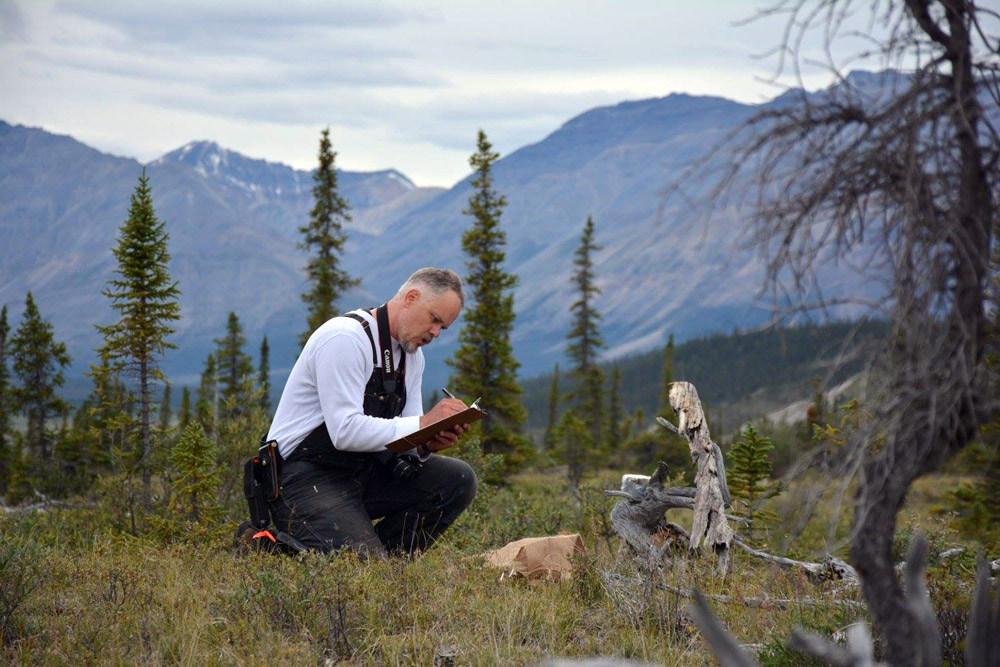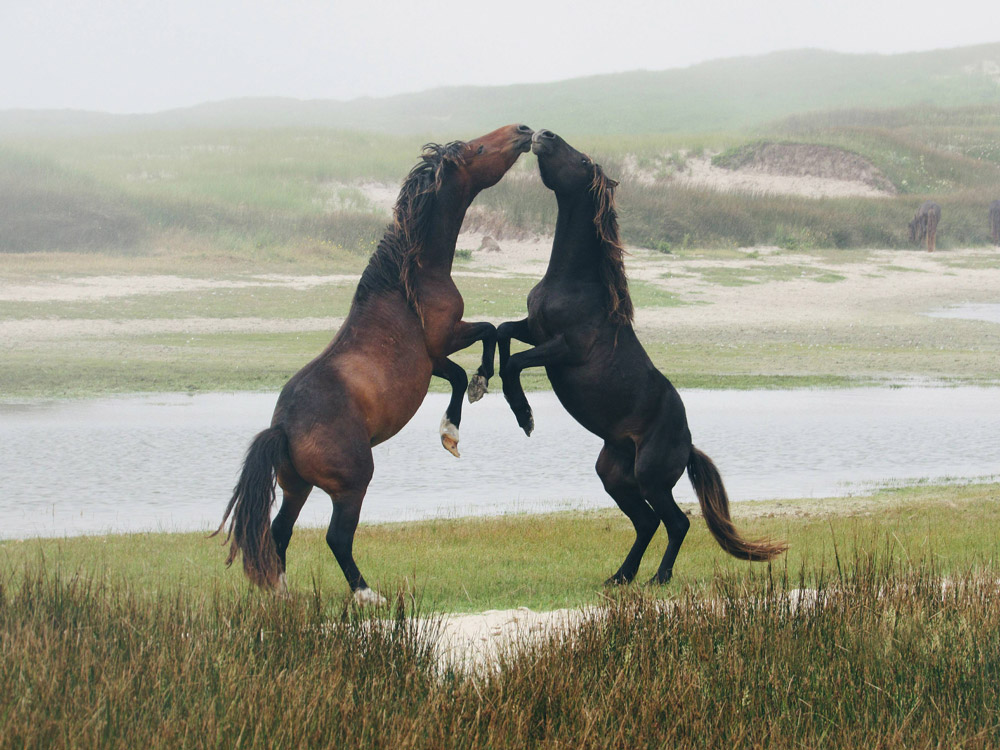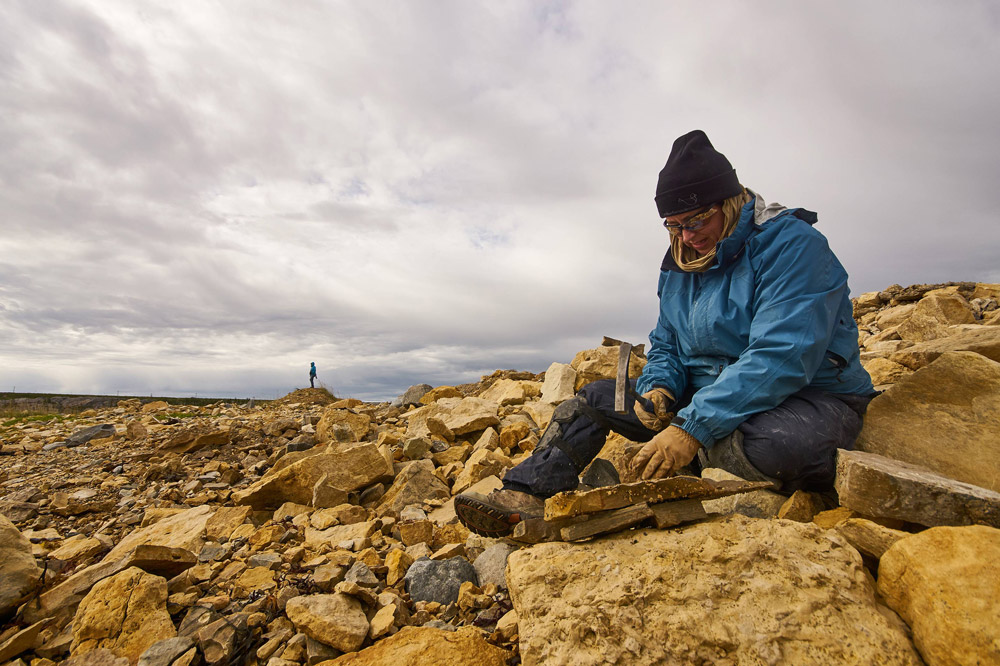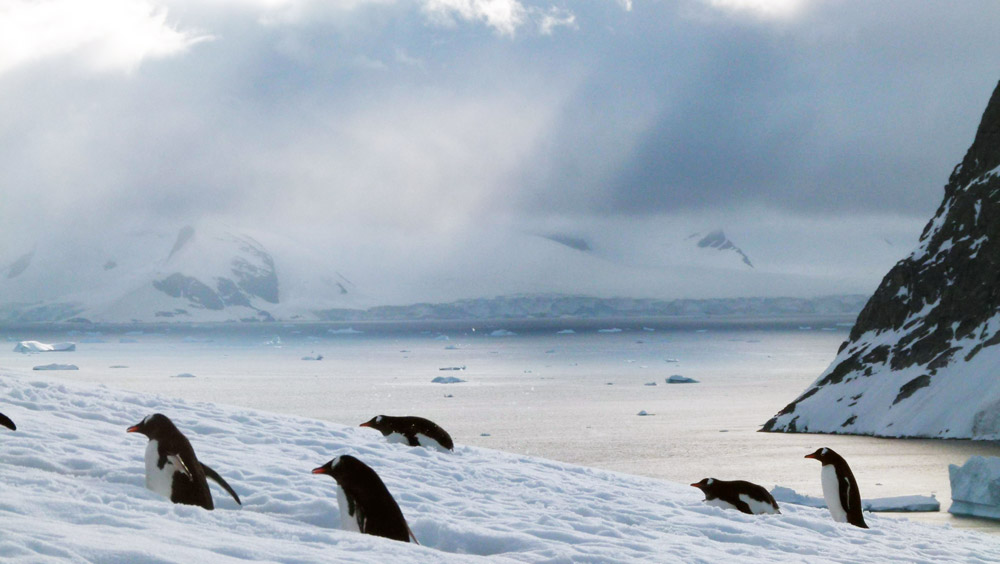
Images of Research winners
Six stunning images of research from the College of Arts & Science awarded prizes in the third annual U of S Images of Research Competition
Researchers in the College of Arts & Science were awarded six prizes in the third annual University of Saskatchewan Images of Research Competition this spring.
Students, staff, faculty and alumni from across the university were invited to show their research through photos and images for a chance to win awards across six categories.
View all 12 winning images at the competition website.
Images of Research winners from the College of Arts & Science

Illumination (Winner - Community and Impact)
Alana Krug-MacLeod, first-year undergraduate student in environmental biology
A light goes on when sustainability issues stare a person in the face! When visitors taste the hospitality of Qikiqtarjuaq's Inuit in the Arctic char, that light illuminates justice and injustice. Every cut of the traditional ulu highlights what stands to be lost if the necessary confluence of environment, equity and economy is dismissed. My research reflects on the types of experiences that lead youth to the awareness, connections, and actions required to foster sustainability. Carefully planned educational programs, such as the Students on Ice Arctic Expedition that provided the experiences described above, enlighten and engage youth, who go on to shine their own lights on sustainability challenges.

Work comes first (2nd place - Research in Action)
Gary Beckhusen, master's student in archaeology and anthropology
In July of 2016, I visited the Mackenzie Mountains to gather the samples needed to date a recently recorded archaeological feature. The feature, a caribou fence, had been used by Mountain Dene peoples of the Sahtu region to aid in harvesting caribou. My job is to gather the data necessary to provide absolute build and use-life dates to the ancestral community. This project blurs the line between the natural and social sciences by recording part of the rich cultural heritage of the Mountain Dene, and by contributing to the dendrochronological and environmental history of the region. The site is considered at-risk, therefore the research must be conducted in a thorough and efficient manner. An added bonus was the beauty of the site, it was a shame that more time couldn't have been taken to simply enjoy being there. As it was, work came first.

A Battle of Giants (Winner - From the Field)
Joanna van Bommel, undergraduate student in biology
The horses of Sable Island have existed in a feral state since their introduction to the Nova Scotian sandbar in the mid-1700s. A fact I was clearly reminded of when two stallions moved past ritualistic defense displays and began to fight in front of me. In this case, the stallions were defending their mares from being stolen by the other, while also fighting for access to the pond seen in the background. These bands are part of a study looking at how accessing water from ponds versus dug-out wells affects band size and composition. This research incorporates aspects of social behaviour, habitat selection, and resource trade-offs. A deeper understanding of how the environment affects social structures will allow us to better model the Sable population, as well as other species with similar social bands, such as endangered mountain gorillas.

Finding fossils under a watchful eye (2nd place - From the Field)
Michael Cuggy, lab coordinator and sessional lecturer in geological sciences
When working on the shore of Hudson Bay, even in August, the weather can be unpredictable and cold. Despite this weather we continue to search for fossils under the watchful eyes of our bear guard. These elusive soft-bodied fossils from over 400 million years ago help answer crucial question in how complex animals diversified into the varied organisms we see today.

Lena Johnny, 101 years old (Winner - Best Description)
Keith Carlson, professor in history
This is an image of Lena Johnny, a 101 year old Sto:lo elder, that I took during an interview with her. She was a remarkable and strong willed woman. She refused to use her false teeth, she smoked three cigarettes per day, and she insisted on eating one KFC drumstick for lunch each day (nothing else was acceptable). Her father Patrick Charlie had been a key informant for an earlier generation of ethnographers. Mrs. Johnny worked with me and one of my graduate students sharing her information about spirituality and providing a female perspective on certain legendary stories that were typically only know to academics through male voices. Her experiences in residential school had been traumatic — her daughter, who sat with Mrs. Johnny during our many conversations — explained that her mother had scars on her back from where she had been whipped at residential school.

Wilderness Highways to Sustainability (2nd place - Best Description)
Alana Krug-MacLeod, undergraduate student in environmental biology
Ecologist Rachel Carson observed that arousing emotions leads to a desire for knowledge, and ultimately, to commitment to protect that which we love. As I investigate what inspires youth to desire, understand and implement sustainability, this same idea often emerges. Students on Ice (SOI) takes youth to remote places in Antarctica and the Arctic, explicitly aiming to foster emotional connections to the poles that lead participants to be lifelong agents of sustainability. I know firsthand, as do many SOI expeditioners, that the Adelie penguins noisily waddling and sliding their way along krill-pink penguin highways on the spectacularly beautiful Danco Island in Antarctica inspire enduring commitment to sustainability.


